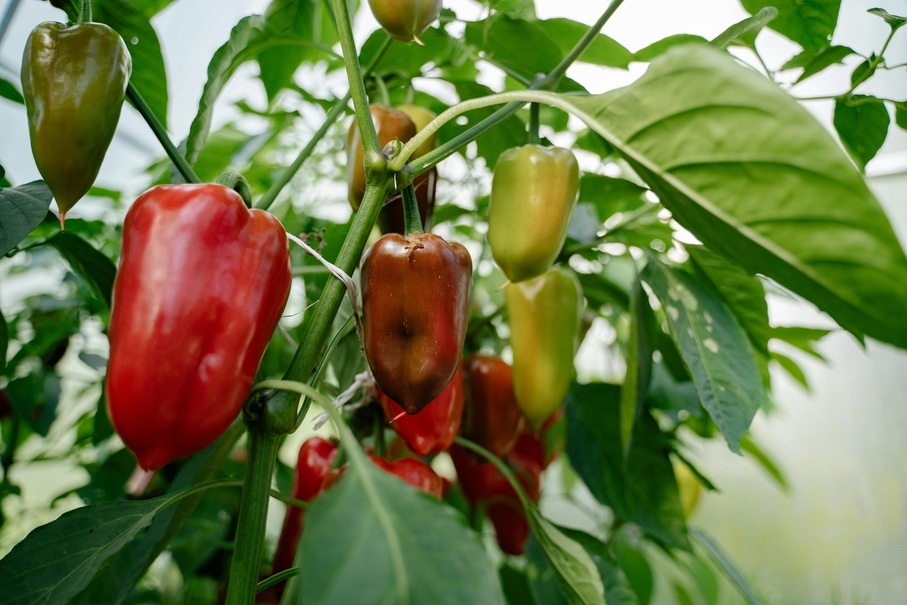
Mismatch in CO2 dosing in GHs and expected Shortages and possible Solutions
August 2025
-
Romy Steenkamer
CO2-dosing shortages and mismatch
According to a report written on behalf of the Ministry of Agriculture, Fishery, Food security and Nature by CE Delft the future demand for sustainable CO2 will rise substantially while supply will lag behind.
It is expected that the demand for sustainable CO2 in 2040 will rise up to 12 -38 Mton, while supply will be only amount to 4 – 25 Mton. This shortage forms a huge threat for the horticultural sector.
CO2-dosing in greenhouses is mainly used during summer, when light is abundant and crops grow fast. To maintain production of these taller crops extra CO2 is needed. Higher CO2 concentrations (500 – 1000 ppm) increase yields with 10 – 40%.
The largest share of CO2 comes from flue gases, captured from CHPs and boilers. Next to fossil are these sources seasonally available, which results in a mismatch between demand and supply. In summer when CO2 dosing is the highest, almost no heating is needed so less flue gasses are available compared to winter when CO2 dosing is lower.
Trends that worsen the problem
‣ In becoming more sustainable, the horticultural sector reduces fossil heating, there by making less flue gases and internal CO2 available.
‣ For that reason, external CO2 dosing becomes more important. However, existing sources (Shell & Yara) stop with delivering and instead opt for CO2-storage.
‣ Additionally, other sectors, like that of synthetic fuels and the chemical industry, are increasingly asking for external CO2.
However, only half of the CO2 dosed in greenhouses is actually used by the crops. A huge quantity of CO2 is lost via the ventilation windows. In order to dosage CO2 more efficient and sustainable in the horticultural sector, next a larger supply of sustainable CO2, innovations that reduce the CO2 demand of the horticultural sector are needed.
One of these innovations is PAR+. FOTONIQs diffuse spray coating ensures both light as well as warmth are better distributed in greenhouses. This results in less (light) stress for plants, enabling them to stay active longer. Since active plants cool their surroundings, ventilation can be postponed and more CO2 is kept inside the greenhouse. If you are interested in the PAR+ technology, get in contact with us.
